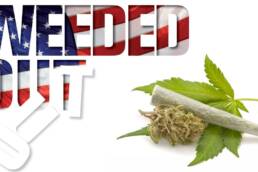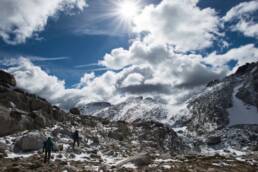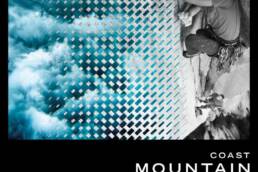Only two years ago, interior British Columbia’s outdoor marijuana industry was the underground economic driver few talked about but many profited from. Today, BC’s green economy is black, blue and in the red. With little warning, its market demand and margins have been unexpectedly levelled by an unlikely adversary. KMC contributor and award-winning CBC Radio reporter Bob Keating investigates why the bud bubble has burst.
It’s pretty safe in salmo. In this small village of about 1,000, located 30 minutes south of Nelson, British Columbia, neighbours know each other, and they know the neighbourhood kids. Those who don’t belong stand out. Though there isn’t an established official Block Watch program, people keep an eye out for each other and their properties, so if someone breaks into a home and steals an iPod or nicks a mountain bike from the front yard, word spreads quickly. If the thief sticks around town and happens to publicly listen to his new tunes or take that bike for a spin, locals notice.
They’ll likely have a chat with the crook, a conversation that may involve strong language and perhaps even some strong-arming. Usually, the property is returned to its rightful owner and the guilty party is encouraged to leave. It’s the natural course of things in Salmo, and even though the police don’t encourage neighbourhood justice, it sure makes their jobs easier.
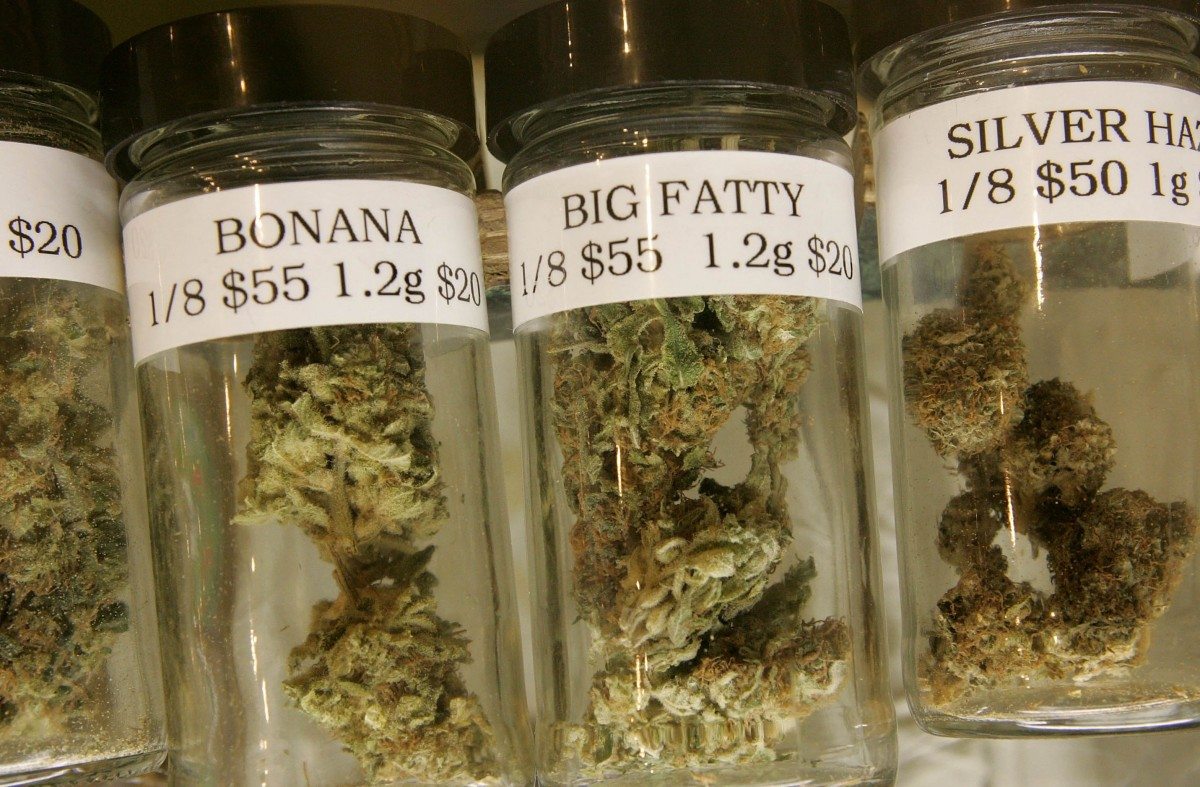
Last September, the four-member Salmo RCMP detachment in Salmo was surprised by a wild spike in property crime. They were called out to 30 burglaries, car break-ins and other theft, an average of one crime for every day of the month.
“We just don’t get a lot of property crime here. And never 30 calls in a month,” says Corporal Barry Graham, who runs the local four-member detachment. Although these property crimes aren’t important enough to make the local papers, it is a disturbing trend that frays at the very reason why people live in a small community: safety and security. It also raises the question: what the hell is going on in Salmo?
Around the same time Salmo’s crime spree is ramping up, Corporal Chris Faulkner of the Cranbrook RCMP agrees to take me along on a “grow show” raid. As a reporter, I’d been hassling the RCMP for months to let me shadow them, so before sunup in early September, I find myself climbing in the hills above Duck Lake, just north of Creston.
“We’re just not seeing the outdoor grows like we used to. We’d often come across 1,000-plant grow sites in the bush. Not anymore.” — corporal Chris Faulkner, RCMP, Cranbrook
Rambo, a German shepherd — who works as one of the country’s top avalanche dogs when he’s not sniffing bud — leads the way up a ridge between Creston and Crawford Bay. Corporal Phil Sullivan, an ex-park ranger who moves through the bush ridiculously fast for a middle-aged cop, follows him closely. He laughs when he says he likes “to bring new recruits fresh from Regina out here and see how long it takes them to puke.” I have a hard time keeping up, but Faulkner mercifully moves more at my pace.
After an hour of hiking, we reach the first site, a clearing about the size of a tennis court. It is littered with about 100 or so plants, fertilized and watered from a timer and gravity-fed hose system tapped into a nearby creek. I can’t help but marvel at the simplicity and ingenuity of the work. The plants look small for this late in the season, about three feet high, and they have a limited amount of buds on them.
“It’s been a tough year for the guys,” says Sullivan, referring to the growers. “Late summer and lots of snow.” But that’s where his empathy ends. He slashes away at the plants with his three-footlong machete, like Livingstone hacking toward the source of the Nile. Faulkner handles his preferred tool deftly, a traditional pair of long-handled garden clippers. The cops will often burn or scuttle the fallen plants with gas to render them useless, but the marijuana on this site is so underdeveloped they feel no need. They just cut it down, making sure to hack up the hoses as well. Rambo takes great delight at chewing on the pieces.
[sd_full_bg bg=”#020000″ text=”#ffffff”]
Roll Another Number
[one_half]
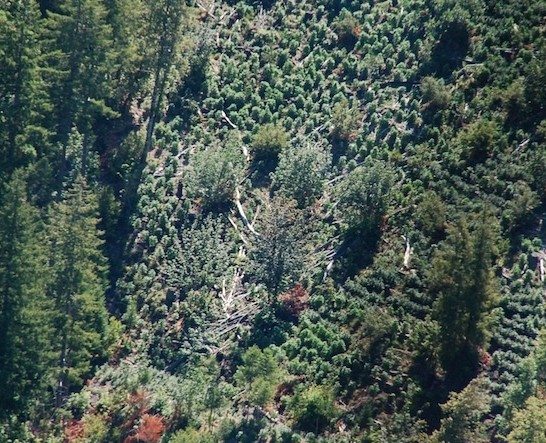 [/one_half]
[/one_half]
[one_half_last]Every summer, the RCMP rents helicopters to fly over the Kootenays and other parts of BC to spot marijuana crops, plunking the coordinates of their finds into a GPS and, subsequently, into a database. In late summer and fall, RCMP members hack down the bud.
It’s seasonal work completely separate from the indoor eradication program that takes place year-round. The latest figures prove that once-thriving outdoor grow ops are going to pot. In 2010, in the East Kootenay, RCMP spotted and cut down just over 15,000 plants, which is a fairly typical year. In 2011, they only found less than half of that, or 6,100 plants. In the West Kootenay, the numbers are even more dramatic.
In 2010, 21,000 plants were hacked down. One senior officer with an eye for numbers said it was enough bud to roll a joint for every person living in Canada, with weed left over to spin one up for most of Washington State. This year, the former epicentre of BC’s outdoor trade was reduced to a cull of about 4,000 plants.[/one_half_last]
[/sd_full_bg]
[divider margintop=”5″]
I can’t help but think someone is going to have a bad day when they check on their crops, but what I learn today is that even if the plants had made it to maturity, selling outdoor weed now comes with a whole new set of marketing headaches. “I’ve heard they can’t get rid of this stuff,” says Faulkner. “[Buyers] want the high-test indoor stuff now.”
Faulkner, Sullivan and Rambo hit seven grow sites that morning, plus a few more in the afternoon, and manage to destroy over 1,000 plants. Despite their cull, they know the Kootenay outdoor weed scene is slowing down. “We’re just not seeing the outdoor grows like we used to,” says Faulkner. “We’d often come across 1,000-plant grow sites in the bush. Not anymore.” Sullivan figures his growshow gig might slow to a trickle by next fall and is already considering alternate plans for himself and Rambo.
Good outdoor weed — well-watered, fertilized and grown in favourable weather conditions — contains about 15 per cent THC, the active ingredient that makes you high. Today’s pot aficionados are looking for weed with two or even three times that amount. They want gummy bud with visible white crystals, christened with names like “Purple Kush” and “Dr. Grinspoon.” They want weed that renders the inexperienced smoker useless to do anything except flop down on the couch and watch Dora the Explorer.
“All the kids want what Snoop Dogg smokes,” says Frank,* a grower who has been working in the industry for more than 20 years. He has grow houses peppered around the Nelson area and a staff of three who help tend to the plants, and then sort, clip, bag and move the stuff when it’s time to sell. As you can imagine, getting a grower to talk to a reporter was harder than convincing the police to take me along on a bud raid.
* Names have been changed.
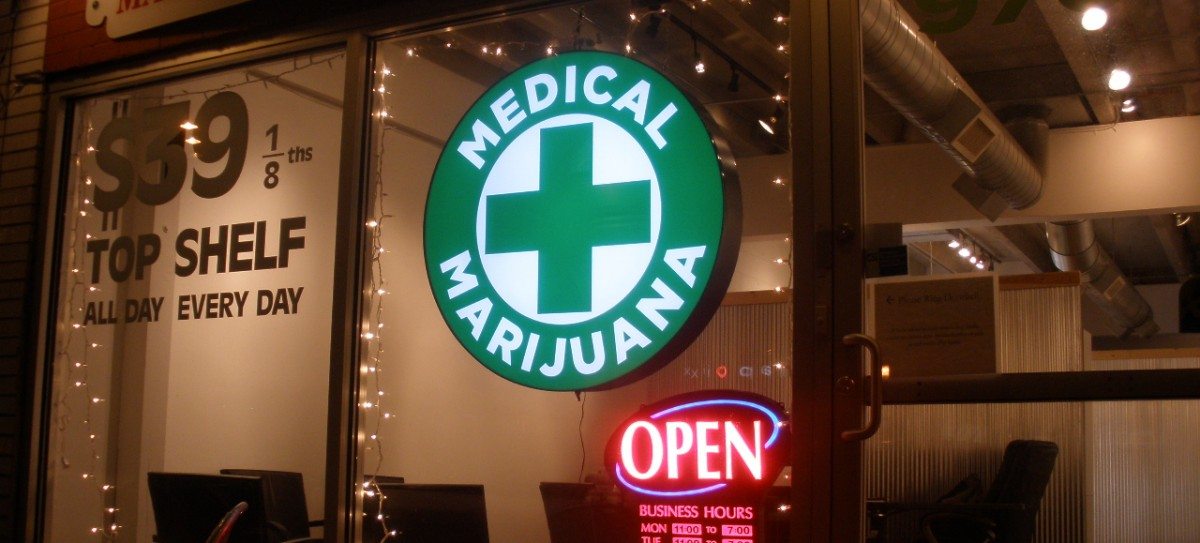
But once he agreed, Frank was candid. He confirms what the cops speculated earlier. “The outdoor scene is over,” he says. Diane,* Frank’s wife, walks into the room smoking a sizeable joint. “Nobody wants [outdoor weed],” she pipes in. “It tastes like dirt.”
The couple has seen the market slowly dry up and watched as their colleagues flee from outdoor growing. “I’ve got friends asking me to get rid of their outdoor stuff, and I can’t,” says Frank. He adds there will always be a market for good weed, and for the experienced grower with long-term contacts and established markets, there’s still lots of money to be made. Newcomers and part-timers are the ones being pushed out because of conditions beyond their control.
There was a day when BC’s outdoor scene dominated, fetching upwards of $3,000 per pound, with American customers lined up to buy, states Dustin Cantwell. Cantwell is one of the original proprietors of Nelson’s iconic Holy Smoke Culture Shop, and now he runs a paralegal consulting firm. When I speak to him, he also admits the once-vibrant outdoor industry is in free fall. With the indoor scene in full force in the US, he adds the Americans “are surpassing us at an alarming rate in the quantity of production and the quality of the plants.”
If a Canadian grower cannot sell his outdoor weed, couldn’t he take his business underground — literally — into a basement shop in Ymir or Wycliffe? Yes, he could, but in these times, that presents a whole new set of problems. American attitudes towards pot are seemingly softening, and US domestic product is a lot easier to come by. Sixteen states now allow medical marijuana dispensaries and, as a result, legal weed is easier to get than a cold.
In Denver, Colorado, there are more dispensaries (over 300) than Starbucks. In conservative states, like Montana and Arizona, it’s easy to waltz into the doctor’s office, pay your fee, describe your carpal-tunnel-fibromyalgia-hippie-needs-a-puff syndrome and presto! The doctor writes you a prescription, and off you go to the dispensary. And just across the border in Spokane, Washington, the University of Spokamsterdam’s focus is to educate students on medical marijuana laws, patient rights and horticulture.
[one_third]
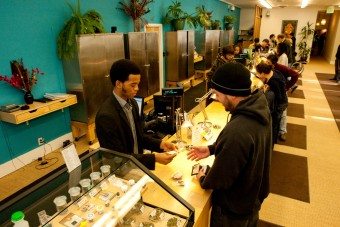
[/one_third][one_third]
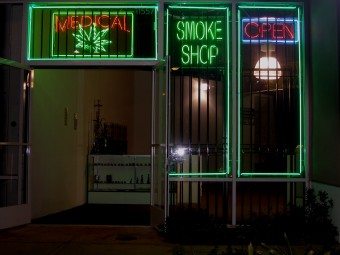
[/one_third]
[one_third_last]
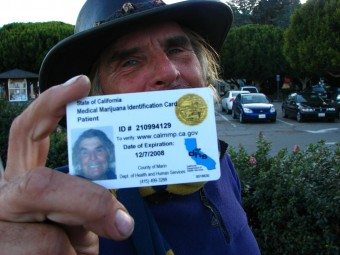
[/one_third_last]
True, bud is still illegal under US federal criminal law, and there’s been a recent rash of shop closures, but almost one-third of American states now permit a medical exemption. For the most part, the feds turn a blind eye to the weed that spills onto the streets.
Contrast this seemingly “liberal” attitude towards pot in America to Canada, where our Conservative government is clamping down on drugs. Being part of the machinery that gets weed to market will soon get you time in a small, sparsely furnished cell. The Safe Streets and Communities Act, or Bill C-10, — the government’s most recent tough-on-crime approach — includes a section designed to combat the green economy. The new act, passed into law this past March, states anyone growing six or more plants would automatically get six months in jail. The maximum time for growing weed would double from seven to fourteen years.
Don Skogstad, a Nelson lawyer who has built a busy practice defending pot growers, smokers and activists, is convinced this new act will force out ma-and-pa operations and replace them with Triads and bikers. “It’s going to become like booze during prohibition,” he says. “It will drive the industry right into the hands of organized crime.”
Facing serious jail time, without the possibility of serving time through house arrest, means only career criminals will risk growing or moving weed. This Canadian-American reversal in marijuana ideology is like a prisoner swap. We gave up Naomi Klein and got Nancy Reagan, and now she’s setting our national drug policy.
Weed-market irritants, such as changing laws, tougher borders, a high Canadian dollar, to name a few, are leading to an industry in serious trouble. Why should a law-abiding, non-pot-smoking citizen even care?
Over the years, marijuana has grown to be an integral part of the economy in British Columbia, just like lumber and coal. In an economic report based on figures from the first half of the 2000s, West Kootenay economist George Penfold details the marijuana industry’s impact in BC. In 2000, the estimated street value of bud was pegged at $7 billion, with export revenues of $2 billion. Some studies, he says, estimate the Kootenay region has produced seven to twenty per cent of that total, with one in five Kootenay jobs somehow tied to weed. In his report, Penfold says that “bud had become so entrenched and economically potent and so culturally accepted it may now be impossible to eradicate.” The current state of affairs in the weed industry would say otherwise. Just ask Frank and Diane.
This Canadian-American reversal in marijuana ideology is like a prisoner swap. We gave up Naomi Klein and got Nancy Reagan, and now she’s setting our national drug policy.
Frank and Diane used to spend a lot of cash on expensive things, including several grow homes, as well as a legitimate business. They joined the throngs of other growers flush with cash who routinely dumped money into local businesses to look clean for Revenue Canada — and their mothers. Frank and Diane’s business eventually went under, because they were better at growing weed than managing ventures but, nevertheless, the money they made moved through the greater economy. Frank figures back in the heyday he made as much as $25,000 a month. That amount, multiplied by the 2,000 growers who Penfold estimates ply their green trade in the Kootenays, equals a rich local economy complete with a higherthan- usual number of boutiques, entertainment and restaurants, given the population. But things have changed. While no officials will go on record and admit the decline of bud money has affected the local economy, there’s no doubt it has. “We used to spend $500 a day and eat out three times a week. Now, we eat out once a week, and that’s at Quiznos,” says Frank, proving the point anecdotally.
This brings us back to Salmo and their smash-and-grab September. No matter your thoughts on growing and selling marijuana, the fact is weed became a big industry in former resource towns like Salmo. Locals came to rely on their alternative income source. But last September, at a time when growers would normally be flush with cash, they instead found themselves faced with a shrinking marijuana market, a lack of work opportunities and no income.
With desperate times come desperate measures — and lots of B and Es. At least that’s the theory for the Salmo spree. And while nobody knows when or how the marijuana market will reinvent itself in the future, one thing is for sure, the times they are a changin’.
Bob Keating
Bob Keating worked for the CBC for three decades in Alberta and British Columbia. When he’s not out looking for muck to rake, Keating is a music geek and outdoor lover who, like a lot of Kootenay residents, jumps off the bike in the fall onto a pair of skis.
Related Stories
New Summer Issue of Coast Mountain Culture Days Away
It's at the printer getting printed, and we can't wait to drop our first ever summer edition, the Versus Issue. Stay…
BKYRD
Super cool mini snowboard film shot in and around the Nelson, BC area. Nice job Michael Von Berrigan and friends. We…


